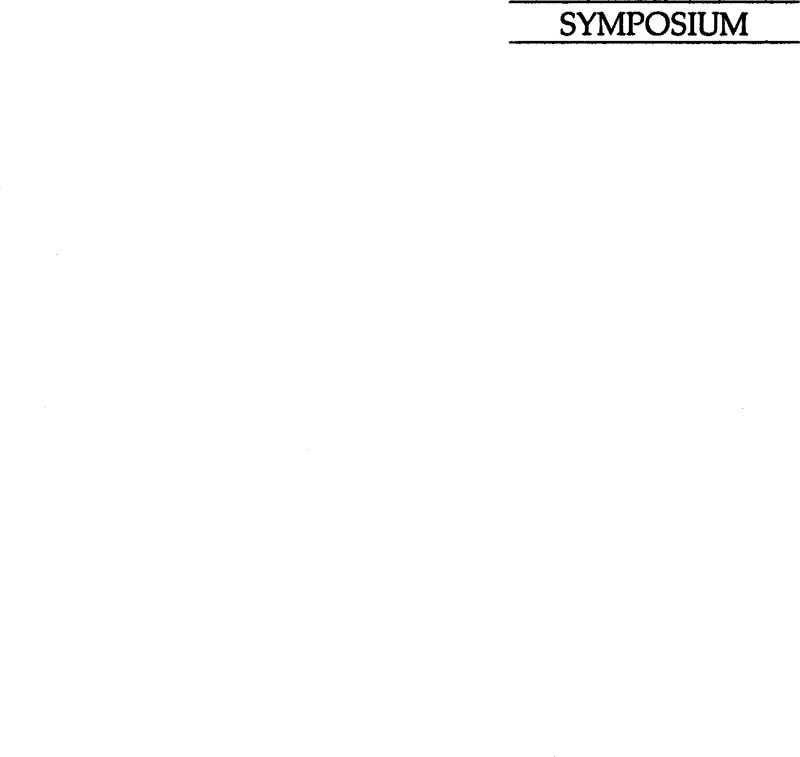Crossref Citations
This article has been cited by the following publications. This list is generated based on data provided by Crossref.
Kornberg, Allan
and
Clarke, Harold D.
1994.
Beliefs About Democracy and Satisfaction with Democratic Government: The Canadian Case.
Political Research Quarterly,
Vol. 47,
Issue. 3,
p.
537.
Clarke, Harold D.
Feigert, Frank B.
and
Stewart, Marianne C.
1995.
Different Contents, Similar Packages: The Domestic Political Beliefs of Southern Local Party Activists.
Political Research Quarterly,
Vol. 48,
Issue. 1,
p.
151.
Pappi, Franz Urban
1995.
L'ELETTORE CHE RAGIONA. IL CASO DEI SISTEMI MULTIPARTITICI.
Italian Political Science Review/Rivista Italiana di Scienza Politica,
Vol. 25,
Issue. 3,
p.
487.
DeSart, Jay A.
1995.
Information Processing and Partisan Neutrality: A Reexamination of the Party Decline Thesis.
The Journal of Politics,
Vol. 57,
Issue. 3,
p.
776.
Fredin, Eric S.
Kosicki, Gerald M.
and
Becker, Lee B.
1996.
Cognitive strategies for media use during a presidential campaign.
Political Communication,
Vol. 13,
Issue. 1,
p.
23.
Somma, Mark
and
Tolleson-Rinehart, Sue
1997.
Tracking the Elusive Green Women: Sex, Environmentalism, and Feminism in the United States and Europe.
Political Research Quarterly,
Vol. 50,
Issue. 1,
p.
153.
Richardson, Glenn
1998.
Political Advertisements, Political Cognition and Political Communication.
Political Communication,
Vol. 15,
Issue. sup1,
p.
1.
Ostberg, C. L.
and
Wetstein, Matthew
1998.
Dimensions of Attitudes Underlying Search and Seizure Decisions of the Supreme Court of Canada.
Canadian Journal of Political Science,
Vol. 31,
Issue. 4,
p.
767.
Bagozzi, Richard P.
and
Dabholkar, Pratibha A.
2000.
Discursive psychology: An alternative conceptual foundation to means-end chain theory.
Psychology and Marketing,
Vol. 17,
Issue. 7,
p.
535.
Ashworth, John
and
Heyndels, Bruno
2000.
A schema-theoretic approach to politicians’ definitions of tax issues.
Journal of Economic Psychology,
Vol. 21,
Issue. 1,
p.
21.
Niemi, Richard G.
and
Hsieh, John Fuh-sheng
2002.
Counting Candidates: an Alternative to the Effective N.
Party Politics,
Vol. 8,
Issue. 1,
p.
75.
WELCH, REED L.
2003.
Presidential Success in Communicating with the Public through Televised Addresses.
Presidential Studies Quarterly,
Vol. 33,
Issue. 2,
p.
347.
Eveland, William P.
Marton, Krisztina
and
Seo, Mihye
2004.
Moving beyond “Just the Facts”.
Communication Research,
Vol. 31,
Issue. 1,
p.
82.
Tiele, Annekaryn
and
Scherer, Helmut
2004.
Die Agenda — ein Konstrukt des Rezipienten?.
Publizistik,
Vol. 49,
Issue. 4,
p.
439.
Moskowitz, Adam N.
and
Jenkins, J. Craig
2004.
Structuring Political Opinions: Attitude Consistency and Democratic Competence among the U.S. Mass Public.
The Sociological Quarterly,
Vol. 45,
Issue. 3,
p.
395.
Moskowitz, Adam N.
and
Jenkins, J. Craig
2004.
Structuring Political Opinions: Attitude Consistency and Democratic Competence among the U.S. Mass Public.
The Sociological Quarterly,
Vol. 45,
Issue. 3,
p.
395.
Beer, Francis A
Healy, Alice F
and
Bourne, Lyle E
2004.
Advances in Political Psychology Volume 1.
Vol. 1,
Issue. ,
p.
139.
Duncan, Lauren E.
2005.
Personal Political Salience as a Self‐Schema: Consequences for Political Information Processing.
Political Psychology,
Vol. 26,
Issue. 6,
p.
965.
Holbert, R. Lance
2005.
Debate Viewing as Mediator and Partisan Reinforcement in the Relationship Between News Use and Vote Choice.
Journal of Communication,
Vol. 55,
Issue. 1,
p.
85.
Schoen, Harald
2006.
Der demokratische Musterbürger als Normalfall? Kognitionspsychologische Einblicke in die black box politischer Meinungsbildung.
Politische Vierteljahresschrift,
Vol. 47,
Issue. 1,
p.
89.





